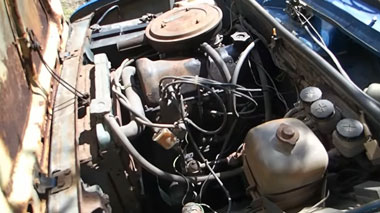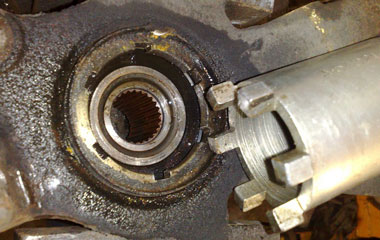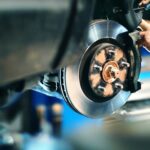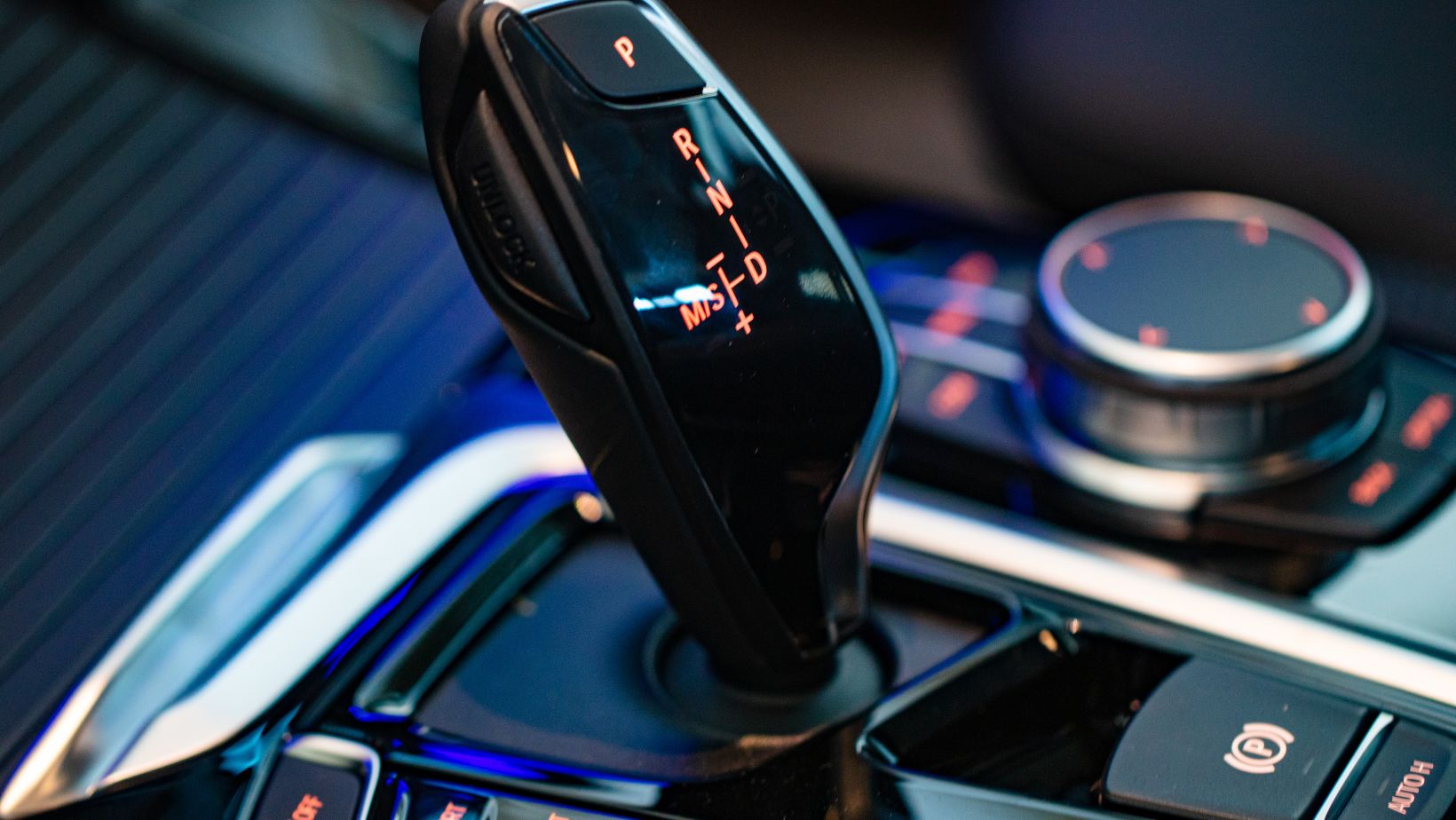
Burnouts are when a driver spins their tires so that they create smoke and the car makes a loud noise. This is usually done for show or to get attention. While this might seem like harmless fun, it can actually be bad for your car – especially if it’s an automatic.
When you do a burnout in an automatic car, you’re putting a lot of stress on the transmission. The gears have to work extra hard to spin the tires, which can cause them to wear out prematurely. Additionally, all that heat and friction can damage the transmission fluid, making it less effective at lubricating and cooling the components.
If you’re like most people, you probably think that a car with an automatic transmission is easier to drive and maintain than one with a manual transmission. But did you know that burnouts can actually be bad for your automatic car?
When you do a burnout in an automatic car, the transmission works harder than it’s designed to and this can cause premature wear and tear.
Additionally, the high temperatures generated by the tires spinning can damage the seals in the transmission, leading to leaks.
So if you love doing burnouts, you might want to stick to a manual car. Or at least be careful not to do them too often in your automatic car!
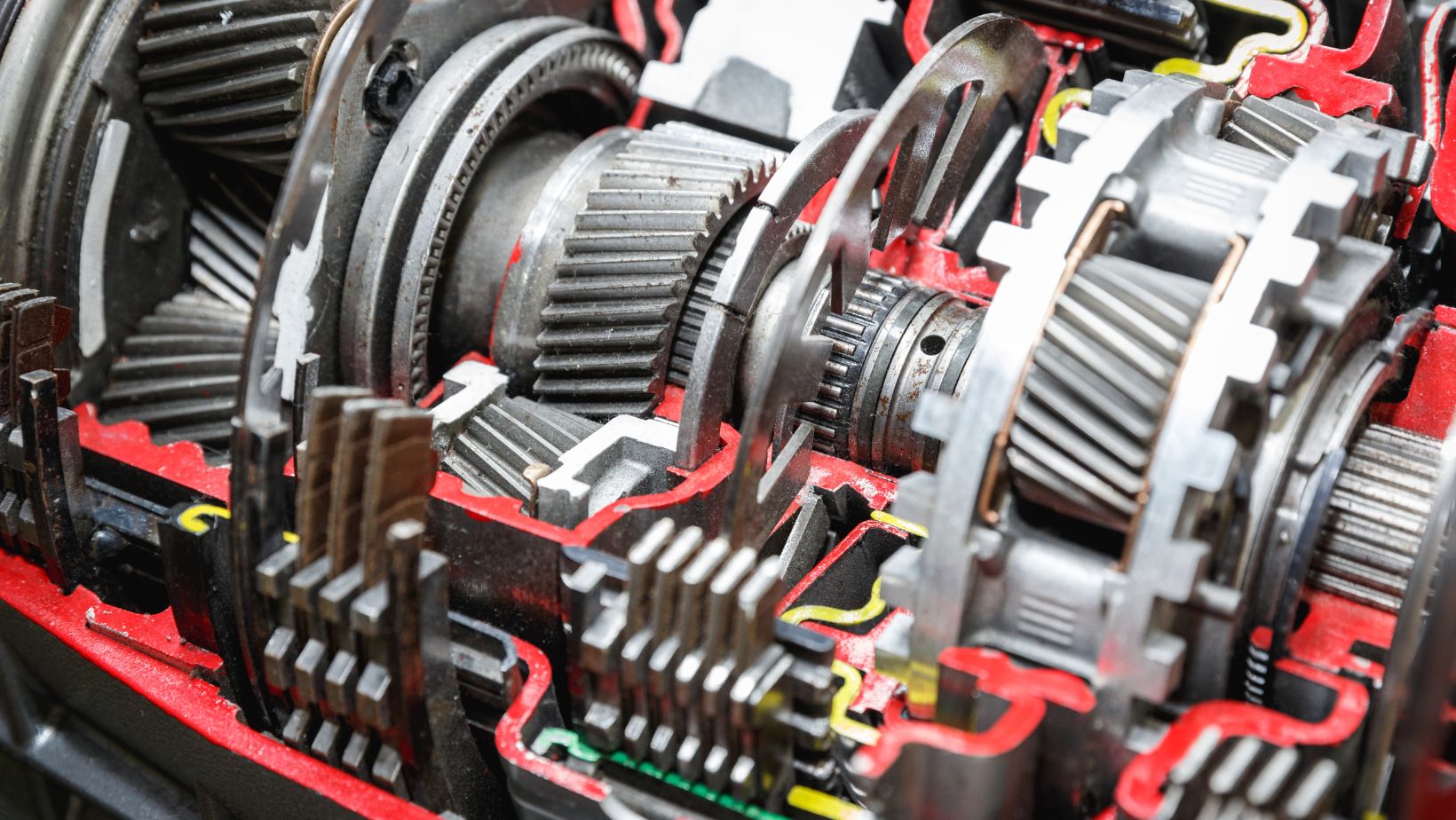
1) Yes, Burnouts Can Be Bad for Automatic Cars
The main reason for this is that automatic cars rely on sensors and computers to change gears, and if these components overheat, it can cause the car to enter into “limp mode.” This means that the car will only be able to drive in one gear and at a very low speed. In some cases, the car may not be able to move at all.
2) There are a few ways you can help prevent your car from overheating and entering into limp mode. First, avoid stop-and-go traffic when possible. This type of driving puts a lot of strain on your car’s engine and can cause it to overheat quickly.
Second, make sure you’re using the correct type of oil for your car. Using the wrong oil can lead to excessive wear and tear on your engine, which could eventually lead to overheating. Finally, have your cooling system checked regularly by a qualified mechanic to ensure it’s in good working order.
3) If your car does enter into limp mode due to overheating, there are a few things you can do to get it moving again. First, turn off any accessories such as the air conditioner or radio so that they’re not putting any additional strain on the engine. Next, try shifting into a lower gear so that the engine doesn’t have to work as hard.
Finally, if possible, pull over to a safe location and turn off the engine until it has cooled down completely.”
Automatic transmissions rely upon sensors and computers tomove through gears smoothly; if these components become too hot they mayentirely fail or go into what is called “limp mode” where only one gear isavailable or speeds are greatly reduced until coolant temperatures fall belowa critical point where transmission damage has occurred . To helpavoid an automatic transmission burnout , drivers should take care when idlingin stop-and-go traffic as this puts extra strain on an engine which mayoverheat more easily than under other conditions . Additionally , making surethe proper motor oil is being used for an individual vehicle model isimportant as incorrect oils may break down more quickly leading topremature component wear .
Furthermore , regular maintenance checkupswhich examine fluid levels and include radiator flushes help keep acooling system functioning properly thereby reducing risks ofautomatic transmission burnout due to overheating .
If You Do a Burnout And Overheat the Transmission, It Can Cause Serious Damage
If you do a burnout and overheat the transmission, it can cause serious damage. The friction from the tires spinning on the pavement creates heat, and if that heat isn’t dissipated quickly enough, it can build up to the point where it starts to break down the transmission fluid. This will cause all sorts of problems, from shifting issues to complete failure.
So if you’re planning on doing a burnout, make sure you keep an eye on your transmission temperature gauge!
2) No, Burnouts are Not Necessarily Bad for Automatic Cars
If you’re wondering whether or not burnouts are bad for your automatic car, the answer is no, they’re not necessarily bad. In fact, many people believe that burning out your tires can actually prolong their life. Here’s a look at the pros and cons of doing burnouts in an automatic car.
The Pros: 1. Prolong Tire Life – As we mentioned above, many people believe that burning out your tires can actually prolong their life. When you do a burnout, all four tires spin at high speeds and evenly distribute the wear and tear.
This even distribution can help to extend the lifespan of your tires. 2. Clean Your Tires – Another benefit of doing a burnout is that it can help to clean your tires. Over time, brake dust and other materials can build up on your tires and cause them to lose grip.
By doing a burnout, you can remove this build-up and restore grip to your tires. 3. Improve Your Car’s Traction – If you live in an area with poor traction due to snow or ice, then doing a burnout can actually improve your car’s traction. When you do a burnout, all four tires spin at high speeds which melts any snow or ice that may be on them.
This improved traction can come in handy when you’re driving in difficult conditions. The Cons: 1) You Could Damage Your Transmission – One of the biggest risks of doing aburnout is damaging your transmission .
When you do aburnout , all four tyres spin at very high speeds which puts immense strain on your transmission . If your transmission isn’t properly lubricated , it could overheat and suffer serious damage . 2) You Could Lose Control Of Your Car – Another risk of doing aburnout is losing controlofyourcar .
When all four tyres are spinning at high speeds , it becomes very difficultto steeryourcarin the right direction . If you don’t have good control overyourcar ,you could end up crashing into something or someone .
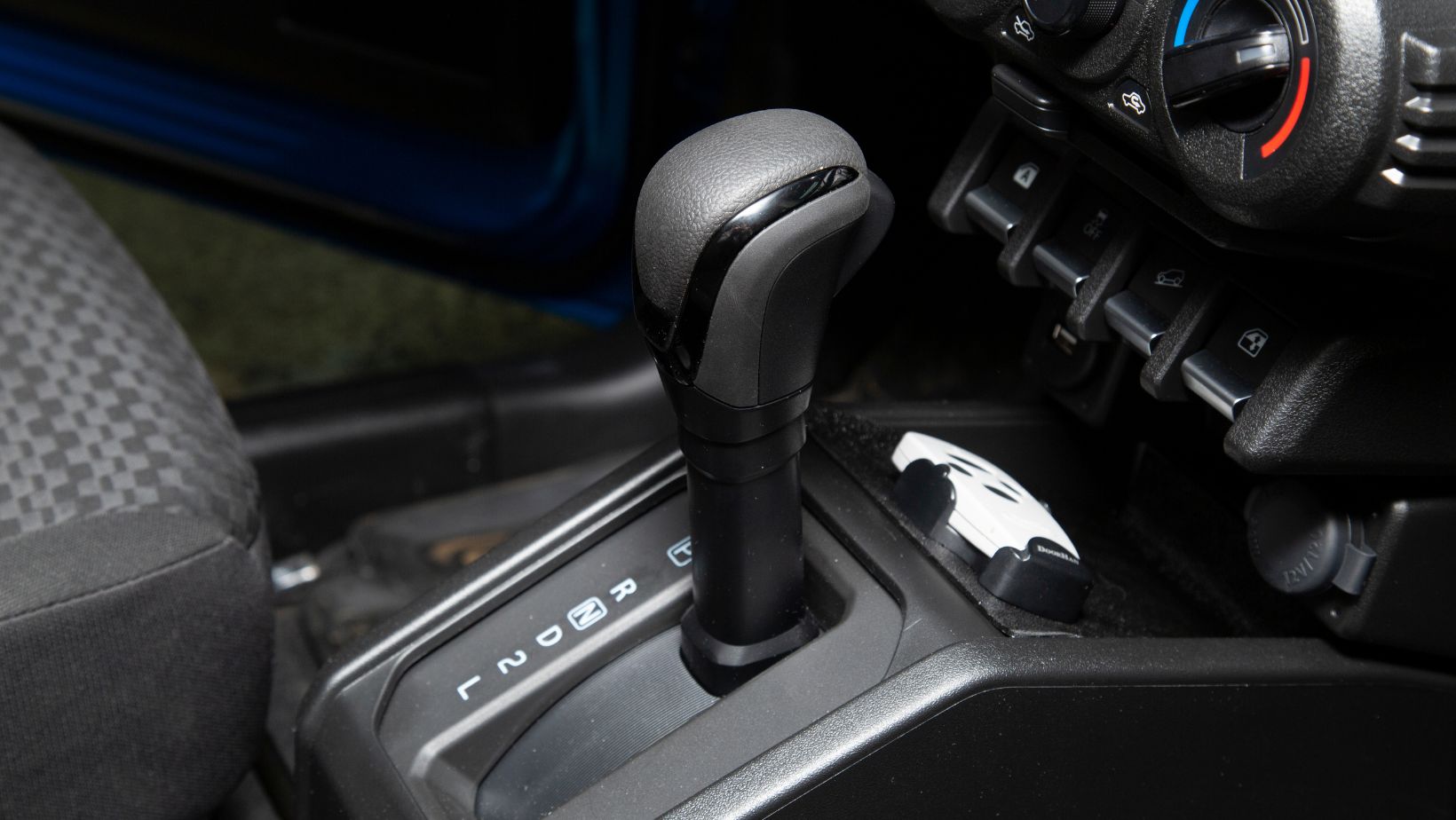
However, If You Do Them Too Often Or Do Not Properly Cool down the Transmission Afterwards, It Can Cause Problems
If you’re thinking about flushing your transmission, there are a few things you should know. First, it’s important to understand what a transmission flush is. A transmission flush is when all the fluid in the transmission system is replaced with new fluid.
This process can be done with the engine off or on, but it’s generally recommended to do it with the engine off so that all the old fluid can be drained out completely.
There are a couple different ways to go about performing a transmission flush. You can either do it yourself or take it to a professional mechanic.
If you decide to do it yourself, make sure you have all the necessary tools and fluids before getting started. It’s also important to follow the instructions in your car’s owner manual carefully so that you don’t damage anything while flushing the system.
If you take your car to a professional mechanic for a transmission flush, they will likely use a machine called an “automatic transmission flusher.”
This machine attaches to your car’s transmission and circulates new fluid through it while simultaneously draining out all the old fluid. The whole process usually takes around 30 minutes and costs between $100 and $200 depending on the make and model of your vehicle.
Overall, flushing your transmission is generally a good idea if your car has over 75,000 miles on it or if you haven’t had its fluids changed in over two years.
However, if you do them too often or do not properly cool down the transmission afterwards, it can cause problems like premature wear or even complete failure of the system.
3) It is Best to Avoid Doing Burnouts Altogether If You Have an Automatic Car
If you’re driving an automatic car, it’s best to avoid doing burnouts altogether. Here’s why:
Burnouts are typically done with manual transmission cars.
That’s because it’s much easier to control the spinning of the tires when you have a manual transmission. With an automatic transmission, the car is constantly shifting gears and it can be difficult to keep the tires from spinning.
Additionally, burnouts put a lot of stress on your car’s engine and drivetrain.
The high speeds and rapid acceleration can cause serious damage to your car if you’re not careful. So, if you’re driving an automatic car, it’s best to avoid doing burnouts altogether.
Why Not to Do a Burnout in Your Car
Conclusion
Burnouts can actually be beneficial for an automatic car. When done correctly, a burnout can clean the buildup of debris on the tires and help them last longer.


